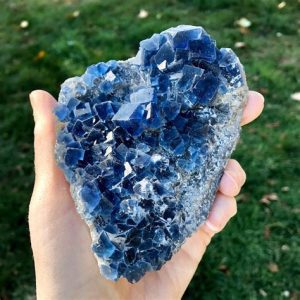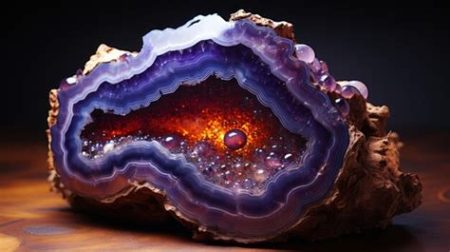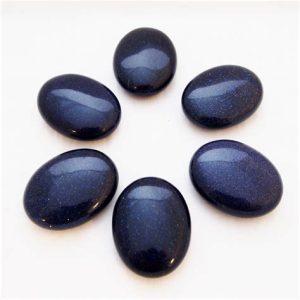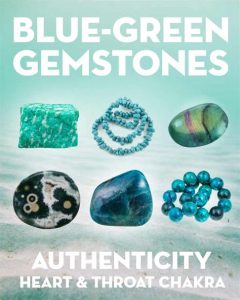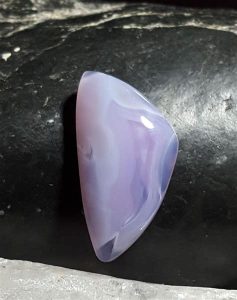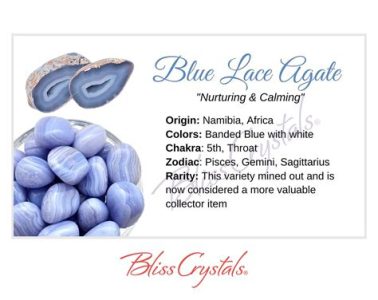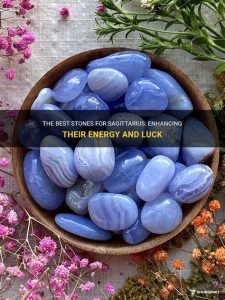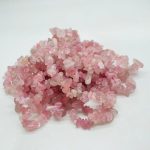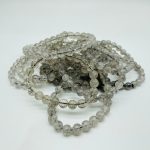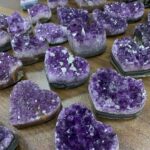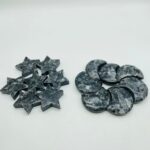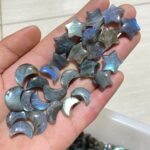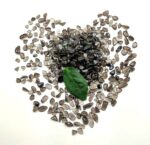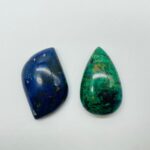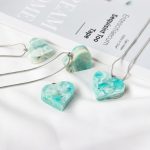Amethyst, a captivating purple gemstone, has graced jewelry and other adornments for centuries. But how much is an amethyst worth? Let’s delve into the factors that determine its value and compare it to other gemstones.

Factors Affecting Amethyst Value
- Carat Weight: As with most gemstones, the weight in carats significantly influences the price. Larger amethysts are generally more valuable due to their rarity.
- Color: The intensity and hue of the purple color play a crucial role. Deep, saturated purples are more prized and command higher prices.
- Clarity: The presence of inclusions or flaws can detract from the stone’s beauty and reduce its value.
- Cut: The way an amethyst is cut and polished affects its brilliance and overall appearance, influencing its value.
- Origin: Amethysts from certain geographical regions, such as Brazil or Uruguay, may have a higher market value due to their reputation and rarity.
Amethyst Value VS Other Gemstones
| Gemstone | Carat Range ($) | Factors Affecting Value |
|---|---|---|
| Amethyst | $50-$1,500 | Carat weight, color, clarity, cut, origin |
| Ruby | $500-$100,000 | Color (hue and saturation), clarity, size, cut |
| Sapphire | $300-$10,000 | Color, clarity, size, cut, origin |
| Emerald | $1,000-$100,000 | Color (intensity and hue), clarity, size, cut |
| Diamond | $2,000-$200,000 | Carat weight, color, clarity, cut |
Amethyst Value Trends
Over the past decade, the demand for amethyst jewelry has steadily increased. This has led to a gradual rise in prices, particularly for high-quality stones. However, economic conditions, fashion trends, and supply and demand can impact amethyst value in the future.
Why Amethyst Value Matters
Determining the value of an amethyst is essential for:
- Jewelry Appraisal: Knowing the worth of your amethyst jewelry is important for insurance purposes or when selling it.
- Investment: Amethysts can be a valuable investment, especially if they are of rare or exceptional quality.
- Purchasing Decisions: Accurate pricing information helps you make informed decisions when buying amethyst jewelry or loose stones.
Benefits of Investing in Amethyst
- Historical Appreciation: Amethysts have historically maintained their value over time, making them a potential hedge against inflation.
- Rarity: Fine-quality amethysts are becoming increasingly scarce, making them a valuable investment for the future.
- Emotional Appeal: The beauty and allure of amethyst have made it a popular choice for jewelry and other decorative items.
Pros and Cons of Investing in Amethyst
| Pros: | Cons: |
|---|---|
| Historical value appreciation | Fluctuating market prices |
| Rarity | Supply can affect value |
| Emotional appeal | Not as liquid an investment as gold or silver |
Current Status and Future Prospects
The current market for amethysts is stable, with steady demand and gradually increasing prices. However, external factors such as economic uncertainty or fashion trends could impact their value in the short term. In the long term, the rarity of high-quality amethysts suggests that their value is likely to continue to appreciate.
Conclusion
Determining the value of an amethyst is influenced by several factors, including carat weight, color, clarity, cut, and origin. Its worth can fluctuate over time based on market conditions and trends. However, the beauty and rarity of amethysts make them a valuable choice for jewelry, investment, and other purposes.

